With lengthy work hours, commutes, and social engagements, finding time to cook healthy meals can seem difficult. Meal prep is a lifesaver for people who want to eat healthily but don't have a lot of time to spend in the kitchen.
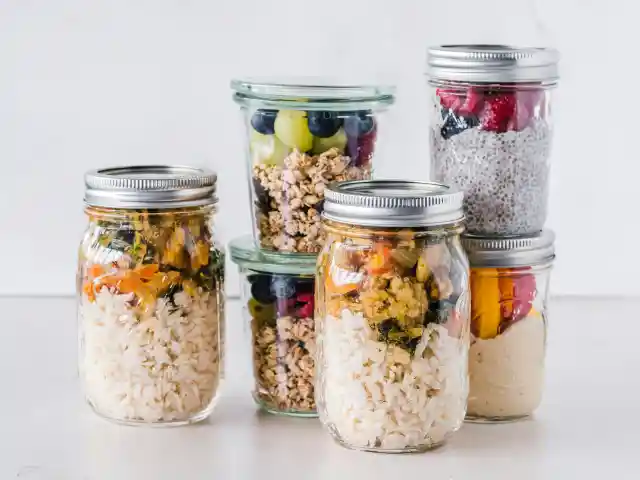
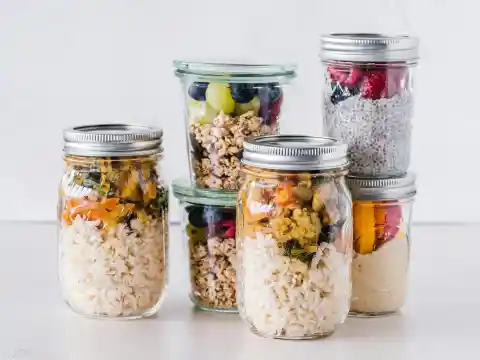
Here are ten smart ways to streamline your weekly meal prep and reduce dirty dishes.
Organize Your Fridge
Start by decluttering your fridge. A cluttered fridge will already set you back in your meal preparation journey.
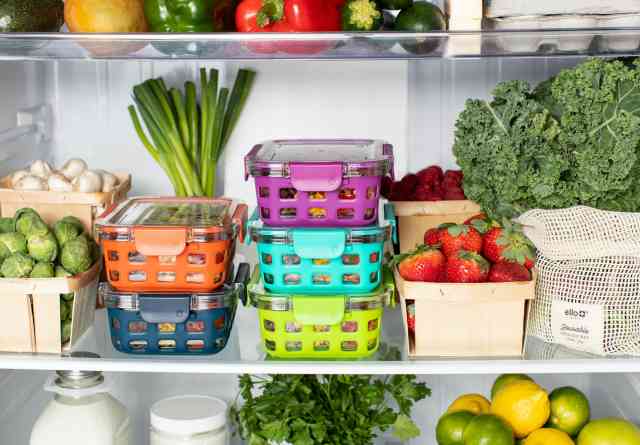
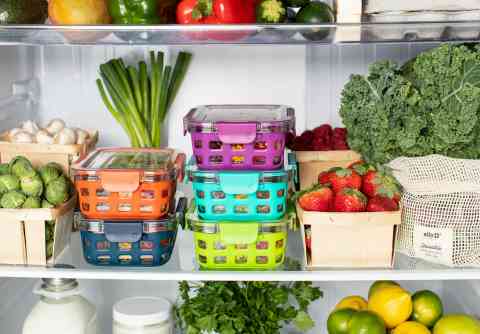
Toss out expired items and arrange your fridge compartments. When you fill it with ready-to-eat or ready-to-heat meals, it’ll be more enticing, and you’ll know exactly where everything is.
Plan Wisely
Take a look at your weekly schedule. How much time do you have available to cook? Do you have any days where you have early meetings or late work? Pick a variety of dishes that you will like to eat all week long.
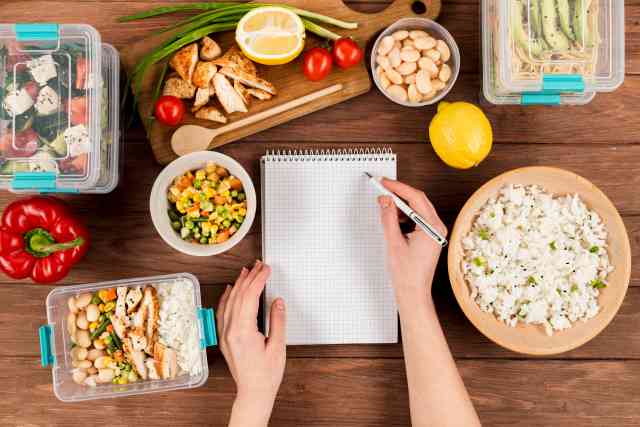
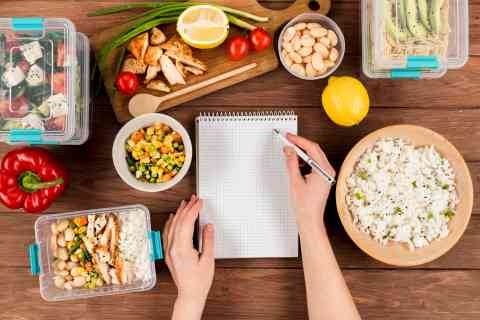
By doing this, you'll be able to stay on track and prevent burnout. To get ideas, think about utilizing meal-planning apps or internet recipe resources. Based on the meals you serve, create a thorough grocery list. To save even more time, take advantage of store pick-up or online grocery delivery services.
Make a Grocery List
Using a list to guide your grocery shopping is quite effective.


Making a list will not only help you avoid wasting time in the shop, barely acquiring what you came for, but it will also help you envision every one of the meals you want to prepare. Make a list of all the meals you want to prepare before you go shopping, then get the necessary ingredients.
Prep your Produce
After shopping for groceries, all you probably want to do is unpack your purchases and continue with your day when you arrive home. But meal prep will be so much easier if you set aside a few extra minutes to prepare your vegetables for the week.
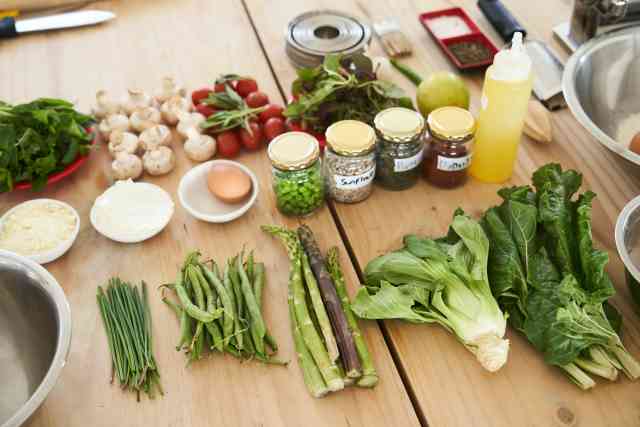
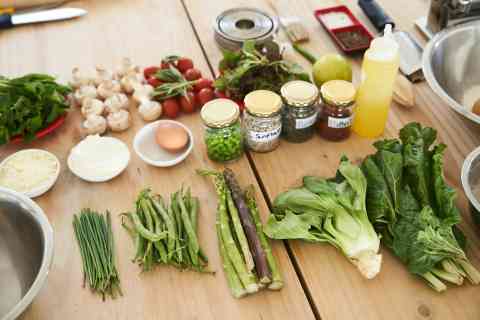
Wash all of your produce first, then quickly chop your vegetables. To use the vegetables in dishes or as snacks throughout the week, store them in airtight containers.
Upgrade your Containers
Switching to glass containers has a number of benefits. Glass is stronger than plastic, non-toxic, and does not absorb smells. It is safe to use in the microwave, retains food flavor and quality, and may be transferred from the refrigerator to the oven or microwave.
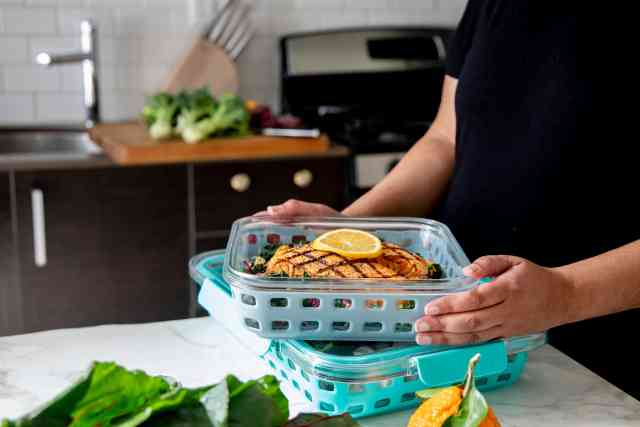
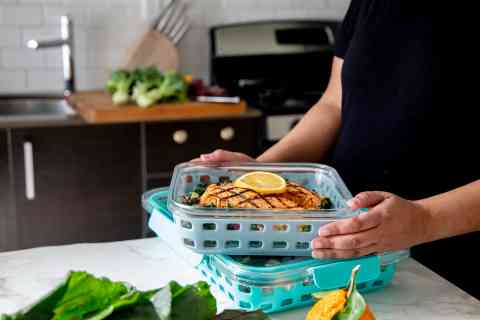
When storing food in the refrigerator or freezer, it's critical to use sealed, premium, transparent glass containers. In addition to preventing freezer burn and extending the shelf life of your food, this lets you see exactly what's inside each container!
Bulk Cooking
Making meals in advance and freezing them is one of the best ways to streamline the process of creating a menu.
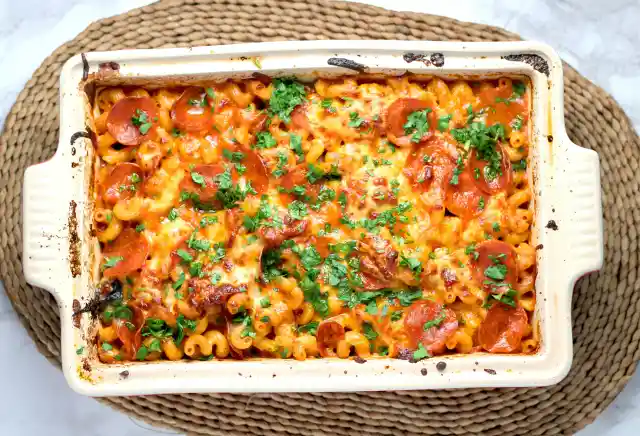
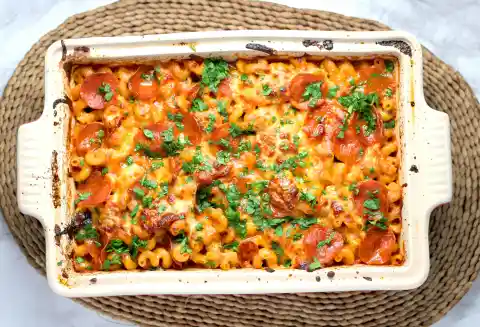
This guarantees that you always have a nutritious, home-cooked dinner available when needed, in addition to cutting down on the amount of time you spend cooking every day. Mashed potatoes, stews, and casseroles are excellent choices for freezing.
Prepping Proteins
Since most meats and protein sources require time to prepare, precooking and storing your protein in the refrigerator or freezer can save a ton of time. Cook at least two different sources of protein, such as chicken, lean red meat, eggs, or black beans, on the day you prepare your meals.
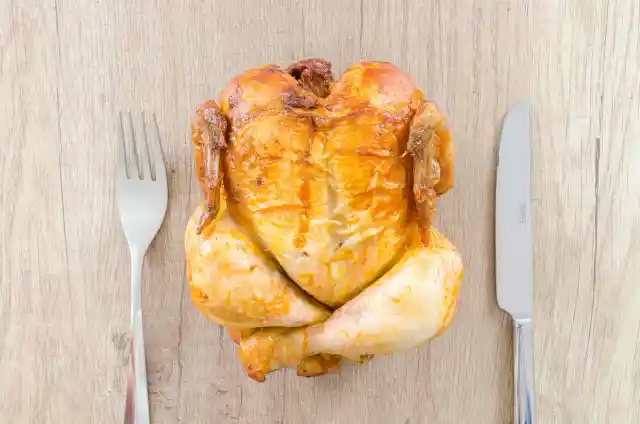

Store some in the refrigerator for quick use in salads, sandwiches, grain bowls, or even spaghetti. Freeze the remaining portion in airtight containers. There are countless ways to utilize leftover proteins. If stored properly, the cooked proteins can be kept in the refrigerator for a minimum of three to four days.
Big Batches of Sauces
One of the hardest things to make is sauces. One of the best ways to save time during the week is to prepare a few basic sauces that you can pull out whenever you're feeling exhausted. A tried-and-true combination of onions, chilli, and garlic, tomato sauce can be used as a thick sauce for a freshly made lasagne, or as a pizza topping.
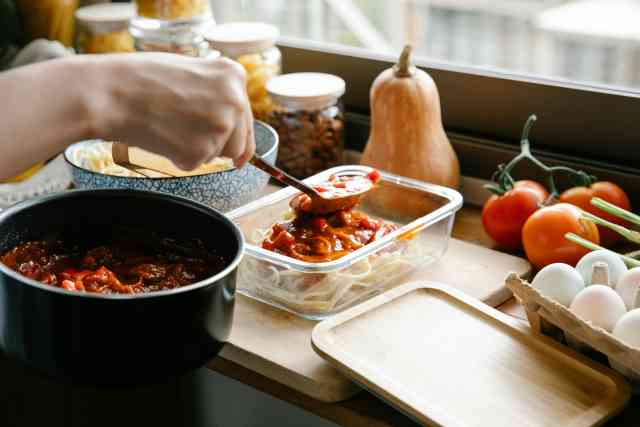
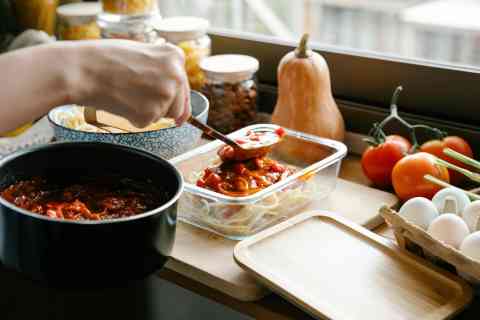
Add some versatility to your dish by spreading pesto on a sandwich or stirring it into spaghetti. Stored in the refrigerator, a fresh pesto sauce keeps for about three days. To defrost, just place one of the cubes on a plate and let it thaw for twenty minutes at room temperature.
Plan one-pot meals
One-pot dinners are a popular way to reduce dishwashing and increase flavor. If you start with fewer dishes, you'll undoubtedly spend less time in the sink—whether that one pot is a sheet pan, skillet, or Dutch oven. And don't worry, there's a ton of diversity available.
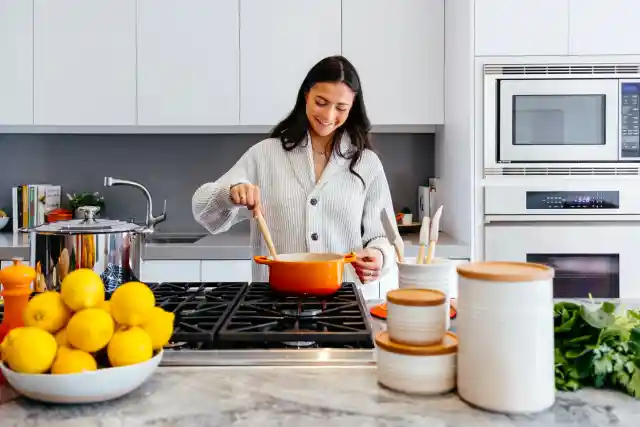
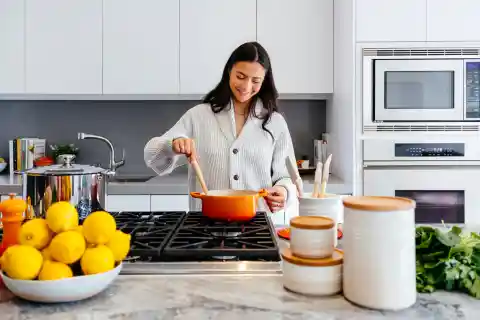
From chili to stir-fry to pasta, the possibilities are endless when it comes to one-pot meals. Experiment with different ingredients and seasonings to keep things interesting and flavorful. With just one pot to clean up, you'll have more time to enjoy your meal and less time spent on cleanup.
Leftover
Last but not least, freeze food scraps from meal prep so you can use them for a later meal to prevent needless food waste. Soup broth is one of the most popular recipes made with food scraps, but there are many more you may try.
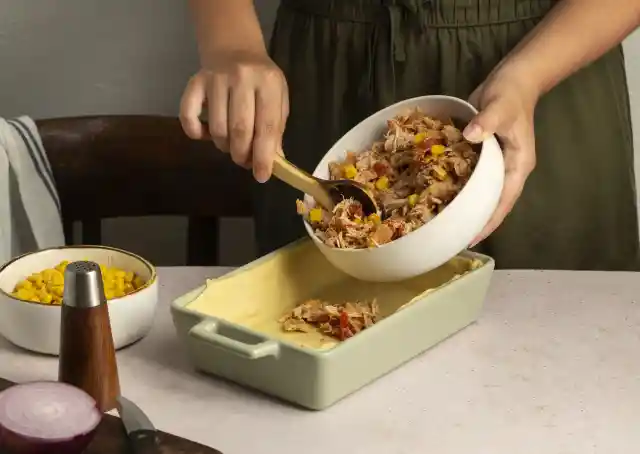
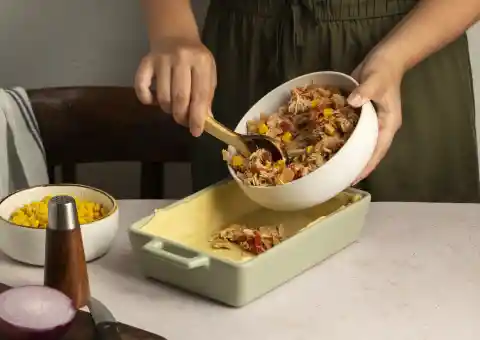
While some fruit peels can be pickled or used to make jam, stale bread can be used to make croutons for soups, salads, and stews. Use your imagination to find new uses for food scraps that will cut waste, lessen their negative effects on the environment, and save you money.